Hey there! Have you recently undergone a root canal treatment, or know someone who has? If so, you might be wondering why a dental crown is often necessary after the procedure.
In this comprehensive guide, I'll explain the importance of getting a dental crown after a root canal, the types of crowns available, and what the process of placing a crown entails.
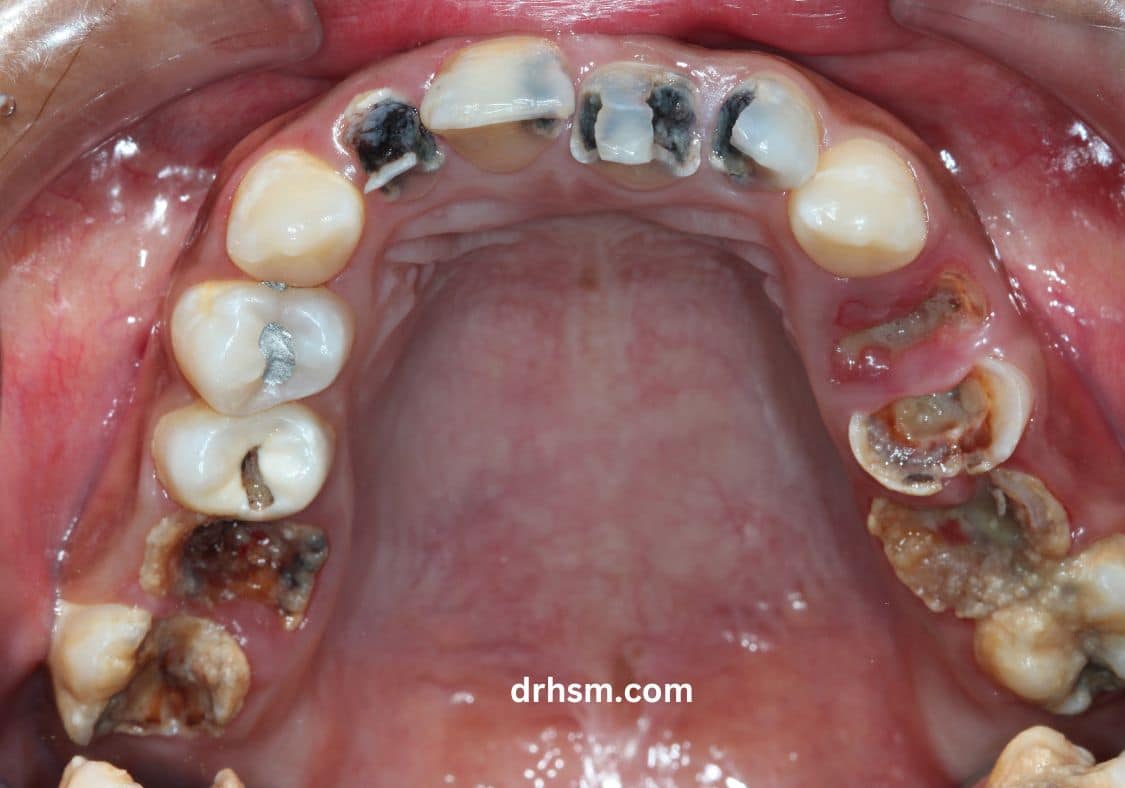
- Why Do You Need a Dental Crown After a Root Canal?
When you have a root canal, the dentist removes the inflamed or infected pulp from your tooth to save it from extraction. However, this process can leave the tooth weakened and more susceptible to fractures. That's where a dental crown comes in – it's a protective cap that covers the tooth, restoring its strength, appearance, and functionality.
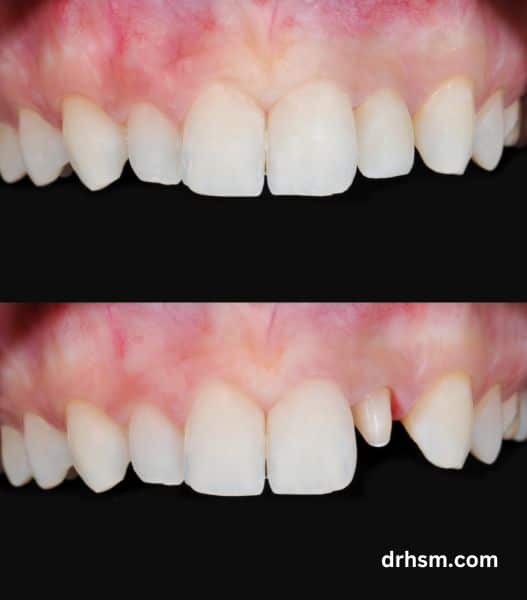
The Insider's Guide to Dental Health
Discover the Secrets Your Dentist May Not Be Sharing
- Types of Dental Crowns
There are several types of dental crowns available, each with its own advantages and drawbacks. Here's a quick rundown of the most common ones:
a) Porcelain-Fused-to-Metal (PFM) Crowns: These crowns have a metal base for strength and are covered with porcelain for a natural appearance. They're a popular choice because they strike a balance between aesthetics and durability. However, the metal base can sometimes show as a dark line near the gumline.
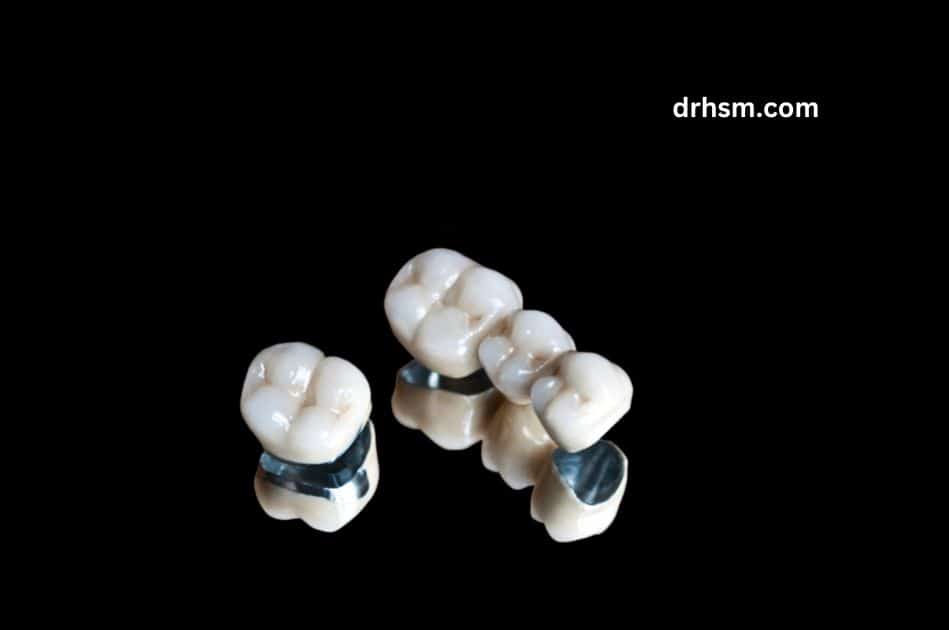
b) All-Porcelain Crowns: All-porcelain crowns offer the most natural appearance, as they can be matched closely to the color of your surrounding teeth. However, they may not be as strong as other crown options, which can be a concern for teeth that require more biting force, like molars.
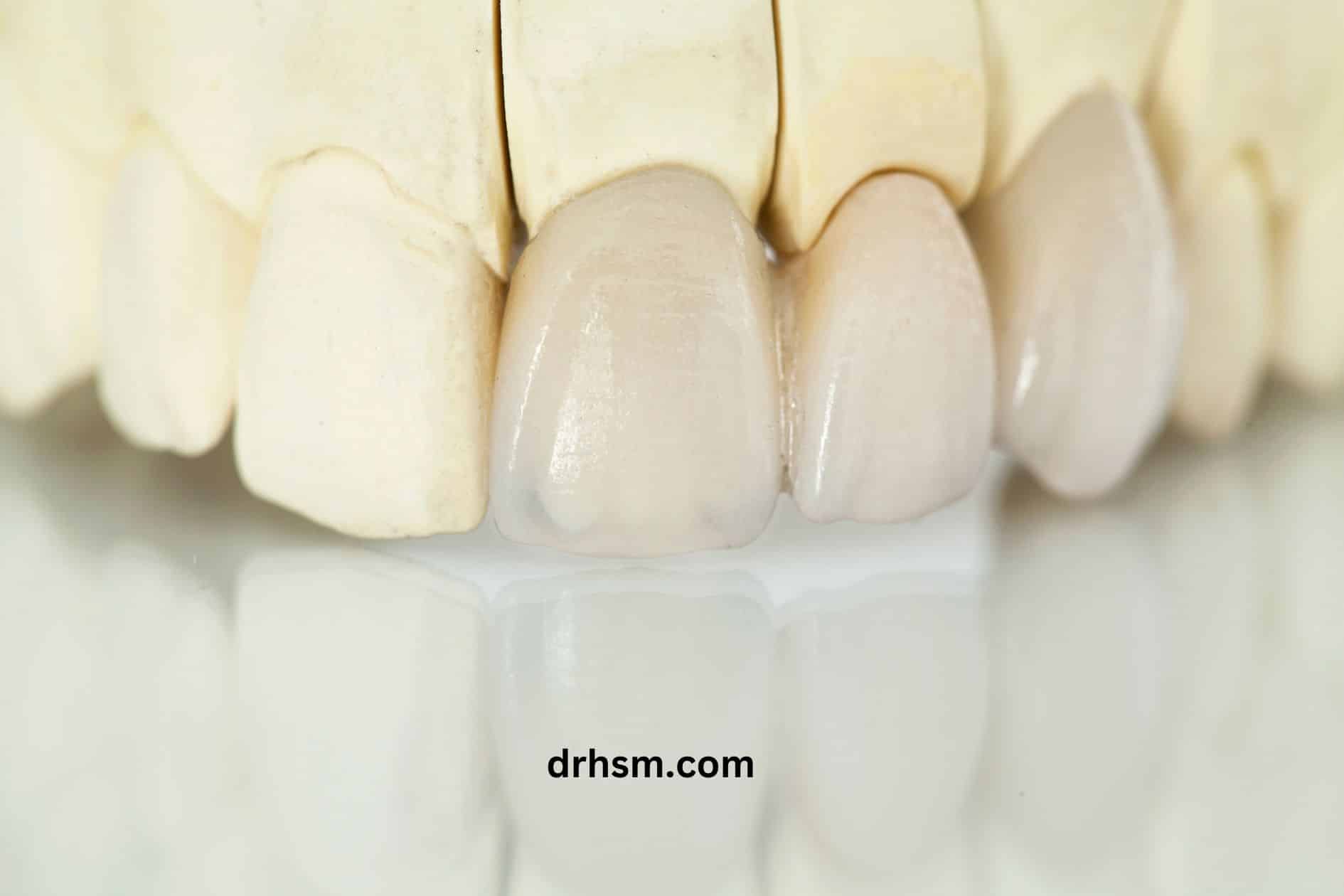
c) Gold Crowns: Gold crowns are incredibly strong and durable, making them a great option for back teeth that experience high chewing forces. But, since gold crowns don't match the color of natural teeth, they're not as popular for visible front teeth.
d) All metal crowns: They look silver and are made up of metal. They are less aesthetic, so it is usually placed on back teeth.
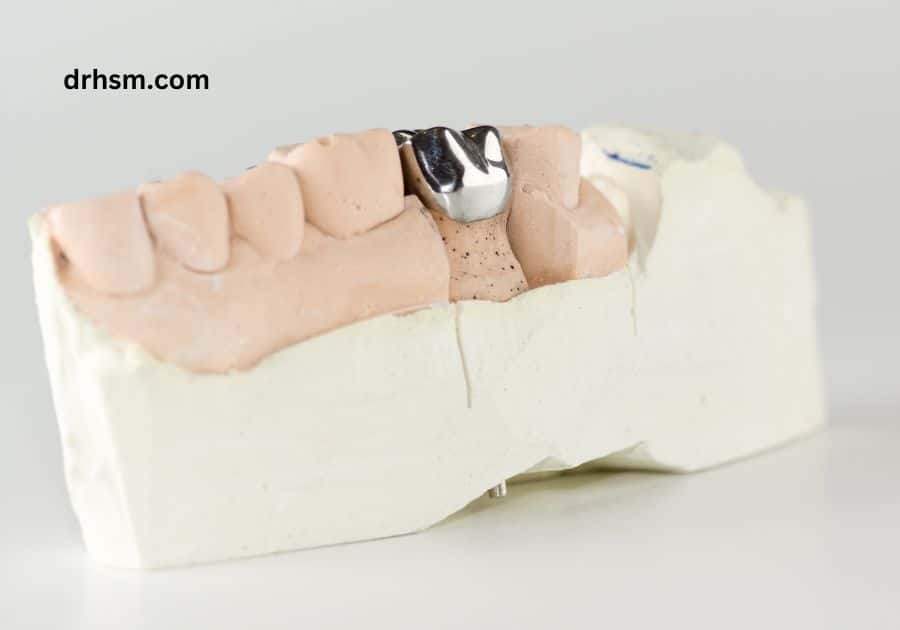
- The Process of Placing a Dental Crown
Getting a dental crown after a root canal typically involves the following steps:
a) Preparing the Tooth: Once your tooth has healed from the root canal treatment, the dentist will prepare it for the crown. This involves reshaping the tooth to create a stable base for the crown to sit on. If necessary, the dentist may place a post or build up the tooth using a filling material to ensure proper support.
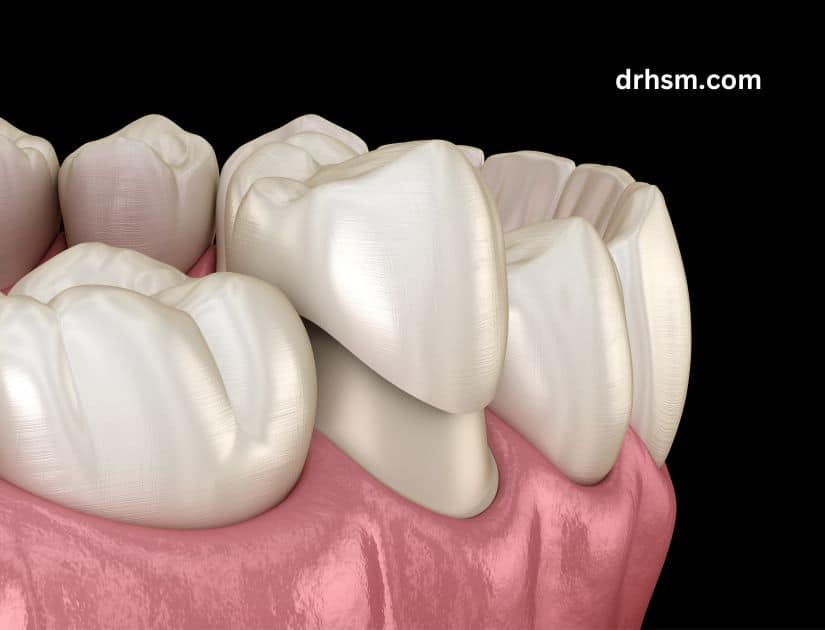
b) Taking Impressions: Next, the dentist will take impressions of your prepared tooth and the surrounding teeth. These impressions are sent to a dental lab, where technicians will create a custom crown that fits perfectly and matches the color of your adjacent teeth.

c) Placing a Temporary Crown: While you're waiting for your permanent crown to be fabricated, the dentist will place a temporary crown on your tooth. This protects the prepared tooth and helps maintain its position relative to the neighboring teeth.
d) Fitting the Permanent Crown: Once your custom crown is ready, you'll return to the dentist's office to have it fitted. The dentist will remove the temporary crown, clean the tooth, and carefully place the permanent crown, ensuring a comfortable fit and proper bite. Finally, they'll cement the crown in place, and you're good to go!

- Caring for Your Dental Crown
Taking care of your dental crown is essential to ensure its longevity. Here are some tips for maintaining your crown and overall oral health:
- Brush your teeth twice a day using a soft-bristled toothbrush and fluoride toothpaste.
- Floss daily to clean between your teeth and around the crown.
- Avoid chewing on hard foods or objects that could damage the crown.
- Schedule regular dental check-ups and cleanings to monitor the health of your crowned tooth and surrounding teeth.
Conclusion
Getting a dental crown after a root canal is crucial for restoring the strength, functionality, and appearance of your tooth.
With various crown types available, you can choose the one that best suits your needs and preferences.
The process of placing a dental crown involves preparing the tooth, taking impressions, fitting a temporary crown, and finally, securing the permanent crown.
The Insider's Guide to Dental Health
Discover the Secrets Your Dentist May Not Be Sharing
By taking good care of your dental crown and maintaining proper oral hygiene, you can ensure the longevity of your crown and overall dental health.
Remember to brush and floss daily, avoid chewing on hard objects, and visit your dentist regularly for check-ups and cleanings.
So, if you've recently had a root canal or are planning to have one, make sure to discuss dental crown options with your dentist.
They'll help you determine the best course of action to protect your tooth and keep your smile looking great!
